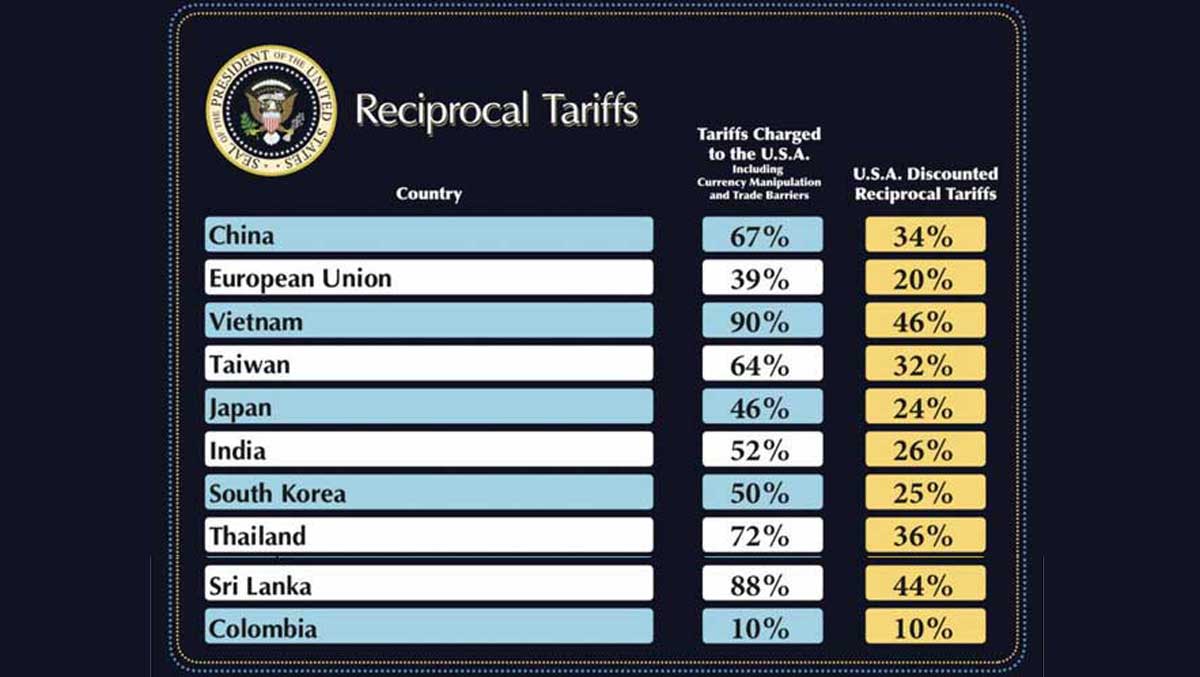AirAsia Group CEO Tony Fernandes said the below statement in year 2009 when he was launching AirAsia flights between Kuala Lumpur and Colombo.
CEO Tony Fernandes : - “I am impressed by the warmth and the hospitality of the people in Sri Lanka,” the Malaysian entrepreneur said at the celebration of successful AirAsia flights from Colombo to Kuala Lampur, at the Cinnamon Grand yesterday, “But you must be realistic and practical at a time like this.” He said that although he intends to set up his own domestic AirAsia flight within Sri Lanka, the costs faced by carriers in Sri Lanka was still too high. “We are a low cost carrier, carrying budget travellers. They do not need marble floors and aerobridges, just a basic terminal that we can land our planes in, and where the turn around will not take more than 25 minutes,” he informed. “Until these basic facilities are given to us low cost carriers, flying into Sri Lanka is still seen as expensive.”
Any possibilities Sri Lanka's new government may attract AirAsia to make a LCC hub in Colombo or in Mattala ? Will the new government allow British Airways to operate between London Heathrow and Colombo
Few more news-updates :
Btw effective 1-Apr-15, Qatar Airways boosts Colombo service by introducing second daily Boeing B777-300ER and one daily Airbus A321.
SriLankan Airlines to start three weekly A330-300 service to Rome from 02 June 2015.
CEO Tony Fernandes : - “I am impressed by the warmth and the hospitality of the people in Sri Lanka,” the Malaysian entrepreneur said at the celebration of successful AirAsia flights from Colombo to Kuala Lampur, at the Cinnamon Grand yesterday, “But you must be realistic and practical at a time like this.” He said that although he intends to set up his own domestic AirAsia flight within Sri Lanka, the costs faced by carriers in Sri Lanka was still too high. “We are a low cost carrier, carrying budget travellers. They do not need marble floors and aerobridges, just a basic terminal that we can land our planes in, and where the turn around will not take more than 25 minutes,” he informed. “Until these basic facilities are given to us low cost carriers, flying into Sri Lanka is still seen as expensive.”
Any possibilities Sri Lanka's new government may attract AirAsia to make a LCC hub in Colombo or in Mattala ? Will the new government allow British Airways to operate between London Heathrow and Colombo
Few more news-updates :
Btw effective 1-Apr-15, Qatar Airways boosts Colombo service by introducing second daily Boeing B777-300ER and one daily Airbus A321.
SriLankan Airlines to start three weekly A330-300 service to Rome from 02 June 2015.




Comment